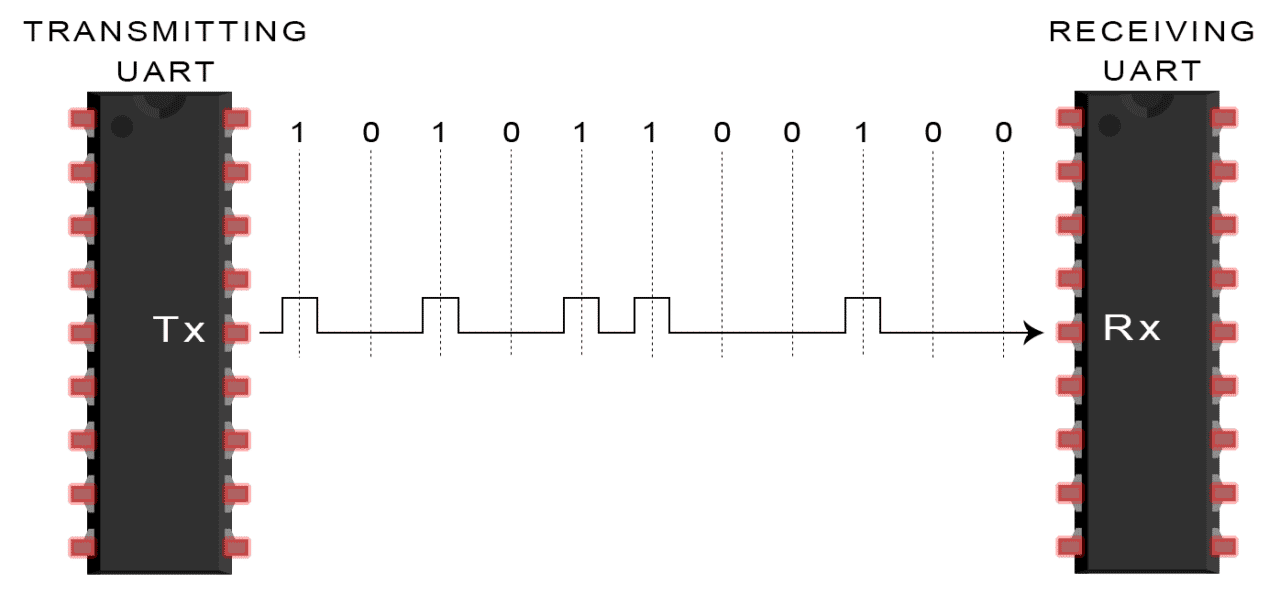Advantages And Disadvantages Of Serial And Parallel Data Transmission

What is data transmission? Refers to the process of transferring data between two or more digital devices. Data is transmitted from one device to another in analog or digital format.
Basically, data transmission enables devices or components within devices to speak to each other. How does data transmission work between digital devices? Data is transferred in the form of bits between two or more digital devices.
The cables used in serial transmission are thinner, longer and economical as compared to the cables used in parallel transmission. Crystal reports for net framework 20 x64 redistributable package 64 bit. Serial transmission is reliable and straightforward. Parallel transmission is unreliable and complicated. Both serial and parallel transmissions have advantages and disadvantages. Parallel transmission is used for. Serial and Parallel Data Transmission Brooks Bankict. Unsubscribe from Brooks Bankict? What's the Difference Between Parallel and Serial? - Duration: 5:21.
Now you can add videos, screenshots, or other images (cover scans, disc scans, etc.) for Mortal Kombat Trilogy (E) (v1.1) to Emuparadise. Upload Screenshot or Image Media. Download Mortal Kombat Trilogy [SLUS-00330] ROM for Playstation(PSX/PS1 ISOs) and Play Mortal Kombat Trilogy [SLUS-00330] Video Game on your PC, Mac, Android or iOS device! Mortal kombat trilogy iso psx torrent.
There are two methods used to transmit data between digital devices: serial transmission and parallel transmission. Serial data transmission sends data bits one after another over a single channel.
Parallel data transmission sends multiple data bits at the same time over multiple channels. What is serial transmission? When data is sent or received using, the data bits are organized in a specific order, since they can only be sent one after another.
The order of the data bits is important as it dictates how the transmission is organized when it is received. It is viewed as a reliable data transmission method because a data bit is only sent if the previous data bit has already been received. Example of Serial Data Transmission Serial transmission has two classifications: asynchronous and synchronous. Asynchronous Serial Transmission Data bits can be sent at any point in time. Stop bits and start bits are used between data bytes to synchronize the transmitter and receiver and to ensure that the data is transmitted correctly.
The time between sending and receiving data bits is not constant, so gaps are used to provide time between transmissions. The advantage of using the asynchronous method is that no synchronization is required between the transmitter and receiver devices. It is also a more cost effective method. A disadvantage is that data transmission can be slower, but this is not always the case. Synchronous Serial Transmission Data bits are transmitted as a continuous stream in time with a master clock. The data transmitter and receiver both operate using a synchronized clock frequency; therefore, start bits, stop bits, and gaps are not used. This means that data moves faster and timing errors are less frequent because the transmitter and receiver time is synced.
However, data accuracy is highly dependent on timing being synced correctly between devices. In comparison with asynchronous serial transmission, this method is usually more expensive. When is serial transmission used to send data? Serial transmission is normally used for long-distance data transfer. It is also used in cases where the amount of data being sent is relatively small. It ensures that data integrity is maintained as it transmits the data bits in a specific order, one after another. In this way, data bits are received in-sync with one another.
What is parallel transmission? When data is sent using, multiple data bits are transmitted over multiple channels at the same time. This means that data can be sent much faster than using serial transmission methods.